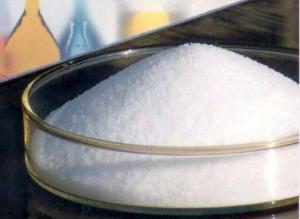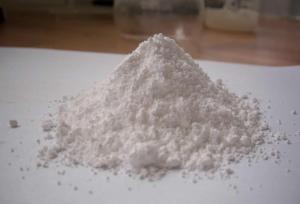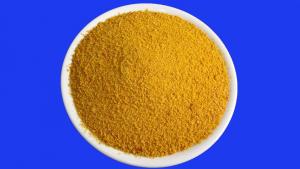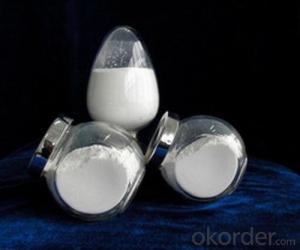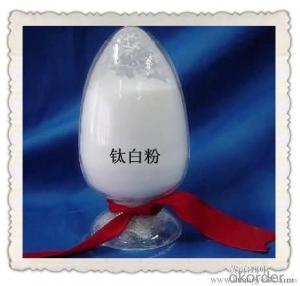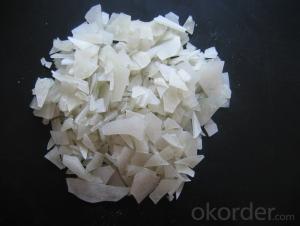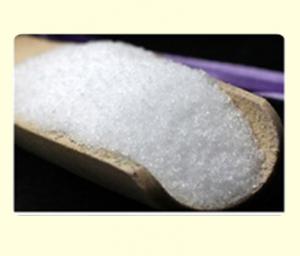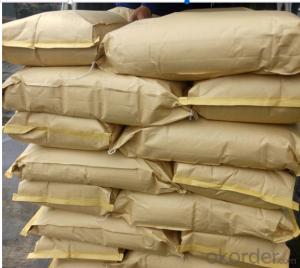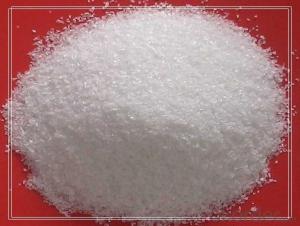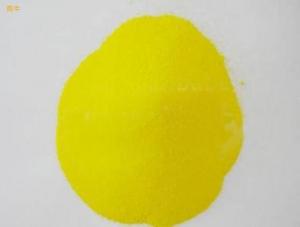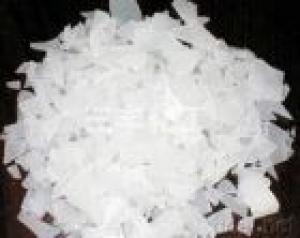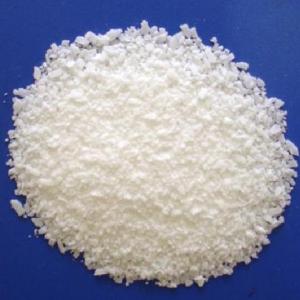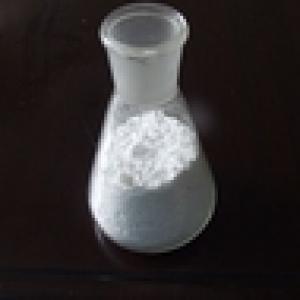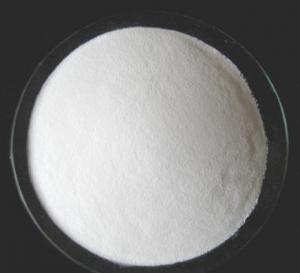water purifying polyacrylamide
- Loading Port:
- China Main Port
- Payment Terms:
- TT OR LC
- Min Order Qty:
- -
- Supply Capability:
- -
OKorder Service Pledge
OKorder Financial Service
You Might Also Like
1. Introduction:
This product is water soluble polymers or polyelectrolytes. Because of its molecular chain containing a certain amount of polar groups, it can absorb water through a suspension of solid particles, make the particles or through the charge that bridge and condensed the particles formed floc properties. So, it can accelerate suspension of the particle settlement, have obvious to speed up the solution to clarify, promote filtering and other effects.
2. Product Advantages:
1). Flocculation ability, high adsorption activity, floc formation and deposition of fast
2). Without alkali and other additives, PH broad in scope, ease of use; for low-temperature, low turbidity, low alkalinity of the raw water is also good flocculation
3).easily to use and good effective.
3. Specification:
| Item | Index |
| Appearance | White Granular Powder |
| Molecular Weight | 8-16 Million |
| Ionic Degree | 5-60 |
| PH | 2-14 |
| Undissolved Substance (%) | 0.2 Max |
4. Application method:
1. It is recommended to prepare the product in water solution at 0.1% concentration. It is proposed to use the neutral and desalted water.
2. The product should be scattered evenly in the stirred water, and the dissolving can be accelerated by warming the water (below 60°C).
3. The most economical dosage can be determined based by a preliminary test.
4. The solid product is packed in inner plastic bags and further in polypropylene woven bags with each bag containing 25Kg. The colloidal product is packed in inner plastic bags and further in fiber plate drums with each drum containing 50Kg or 200kg.
5. This product is hyqroscopic, so it is should be sealed and stored in a dry and cool place below 35°C.
6.The solid product should be prevented from leaking on the ground because the hygroscopic powder can make the floor slippery.
- Q: Why is the vinegar?
- Because it contains acetic acid.
- Q: What foods contain inorganic salts?
- Kelp, jellyfish, seaweed, moss; bones, soy products, lean meat, animal liver, brown rice
- Q: What is the most important inorganic salt in plant growth?
- The inorganic salts required by plants are nitrogen, phosphorus and potassium containing inorganic salts, and if any lack of plants will affect the normal growth of plants, nitrogen is a component of many important organic compounds in the body, such as protein, nucleic acid, chlorophyll , Enzymes, vitamins, alkaloids and some hormones contain nitrogen. Nitrogen is also the basis of genetic material in all organisms, the most important protein, it is often in the center of metabolic activity.Now is to limit the growth of plants and the formation of the primary Factor. It also has a significant effect on improving the quality of the product.K2 is dissolved in the plant juice, and its main function is related to the metabolism of the plant.The content of phosphorus in the plant is second only to nitrogen and potassium, Phosphorus plays an important role in plant nutrition. Almost all important organic compounds in plants contain phosphorus. Phosphorus is involved in photosynthesis, respiration, energy storage and delivery, cell division, cell enlargement and other processes in plants.
- Q: How to add inorganic salts
- Helicobacter pylori can cause a variety of stomach problems, including gastritis, gastric ulcer, duodenal ulcer, non-ulcerative indigestion, gastric cancer. Therefore, the eradication of Helicobacter pylori has become an important measure for the treatment of modern gastrointestinal diseases. To identify patients with Helicobacter pylori infection, the clinical need for a high sensitivity, specificity, fast, simple, safe, inexpensive Hp diagnostic method, that is, carbon 14 breath test. The examination and painless, noninvasive, fast and simple, no cross the advantages of infection, experts at home and abroad have been recommended for the diagnosis of Hp gold standard, has been widely used in clinical practice.
- Q: Several inorganic salts are lacking in symptoms and food sources
- Ingredients of iodine-containing inorganic salts (trace): seaweed, jellyfish, corn, mussels, etc.
- Q: Can inorganic salts act as stabilizers for emulsified asphalt?
- can. The general use of calcium chloride and ammonium chloride more stable emulsifier
- Q: What cells produce the collagen and inorganic salts of bone matrix?
- The collagen is produced by chondrocytes. The minerals that make up the bone are precipitated by osteoblasts.
- Q: I am an AP biology student testing how magnesium effects the rate of photosynthesis in a plant. However since my class period is only one hour long I highly doubt if i add epsom salt to the soil ( after mixing it with water) i will see an immediate increase in the rate of photosynthesis. So i need to know how long should i wait to test photosynthesis rates after adding an epsom salt solution to the soil of a plant. Or how long does it take for magnesium to be incorporated into a plants rate of photosynthesis. Thanks in Advance!
- Magnesium sulfate (or magnesium sulphate) is an inorganic salt (chemical compound) containing magnesium, sulfur and oxygen, with the formula MgSO4. It is often encountered as the heptahydrate sulfate mineral epsomite (MgSO4·7H2O), commonly called Epsom salt, Magnesium is part of the chlorophyll in all green plants and essential for photosynthesis. It also helps activate many plant enzymes needed for growth. Rate of photosynthesis does not depend upon any single factor . so it is futile to expect it should increase after addition of epsom salt to soil in solution form . Because first it should be incorporated in chlorophyll molecule . That depends upon formation of new leaves . Old leaves already have it ( formula of chlrophyll a = C55 H72 O5 N4 mg ) That is the requirement is just one atom per molecule . what to do with excess ? Unless the soil is deficient in Mg . It it useless to add it . soil pH is another factor to be considered = Soil pH (a measure of the acidity or alkalinity of the soil) Soil pH is one of the most important soil properties that affects the availability of nutrients. Macronutrients tend to be less available in soils with low pH. Micronutrients tend to be less available in soils with high pH. www.ncagr /cyber/kidswrld/plan...
- Q: Does the plant absorb some of the inorganic salt?
- Plants absorb moisture through the infiltration of root cells to absorb moisture, the process is essentially a free diffusion of water, neither the carrier nor the need for energy;
- Q: What is the name of the alkali?
- Our chemist Hou Diban, invented a [Hou Debang base of the law]. A sensation of the world. This is our pride.
Send your message to us
water purifying polyacrylamide
- Loading Port:
- China Main Port
- Payment Terms:
- TT OR LC
- Min Order Qty:
- -
- Supply Capability:
- -
OKorder Service Pledge
OKorder Financial Service
Similar products
Hot products
Hot Searches
